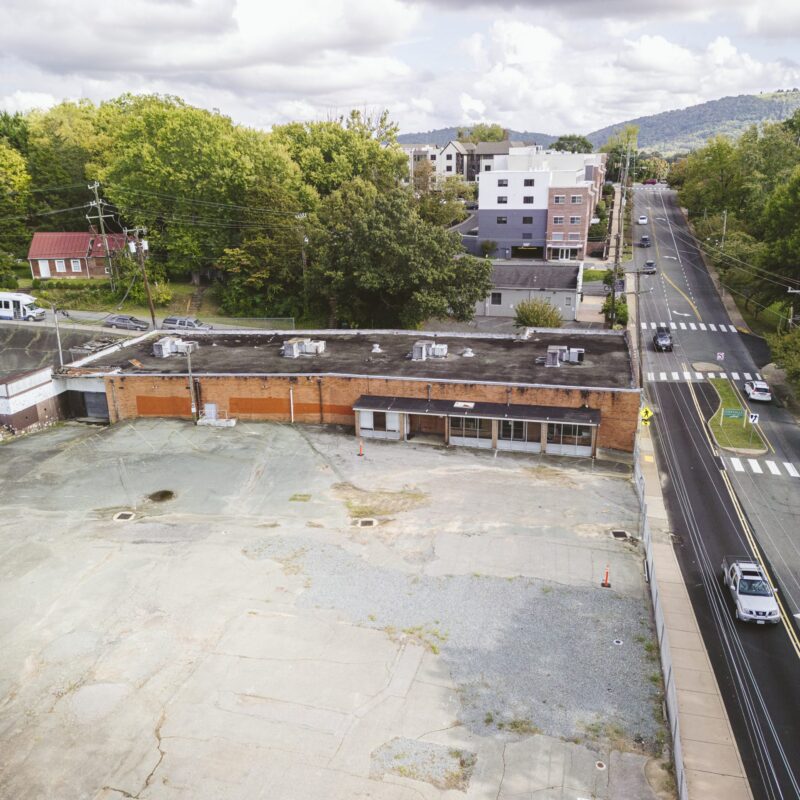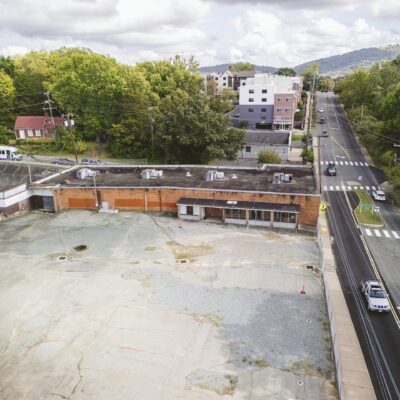I spent a delightful morning with Devin Floyd yesterday, searching for proof that nature is all around us. Boy, is it! We took a walk from a picnic shelter in McIntire Park, and before we even entered the woods, I’d already learned something.
Devin pointed out clover blooming in the grass. Those blooms, he explained, are part of a succession of spring blooms. It begins with shade-loving species and gradually moves to the plants that, like clover, prefer sunny spots. I loved realizing that clover—an utterly common plant that’s very likely growing outside your house—has a place in the local ecology, just like the rarer wildflowers like trillium.
Devin is the president of the Blue Ridge Discovery Center, a new group I encountered at the Eco-Fair that leads kids and adults on nature excursions. He’s good at what he does. We probably only walked a quarter mile into the forest, but we found so much.

Just a downed tree? No.
Actually, it tells you a lot about the history of the woods here. Devin explained that since the tree had branches all along its trunk, it must have grown when this spot was open and sunny. And because it’s rotting from the outside in, it’s a conifer. Thus we can deduce that this area was once an open field, which was then colonized by pine trees.

Just a standing tree? No.
It’s an American beech. "This is the tree that’s slowly taking over the forest," Devin said. The beeches and others have shaded out the pines, which is probably why that one in the first photo died and fell over.
In this part of McIntire, Devin said, wildflowers and streams are returning to a healthy state. "It’s hopeful to see this type of renewal happening in dense urban areas," he said, pointing out false Solomon’s seal and jack-in-the-pulpit flowers. A former archaeologist, he tends to see evidence of the past all over the environment. "That’s how I view the woods, as a giant book of layers that can be read," he said.

Investigating a mysterious patch of moss.
I don’t have space here to recount all the things we looked at and discussed on this walk, but suffice to say they included rocks in a streambed, salamander habitat, forest fires, and edible plants. It was kind of mind-blowing. We even discussed how soil types influence the patterns of human settlement by different social groups.
Anyone else been on a Blue Ridge Discovery excursion, or made an ecological discovery of your own this spring?



